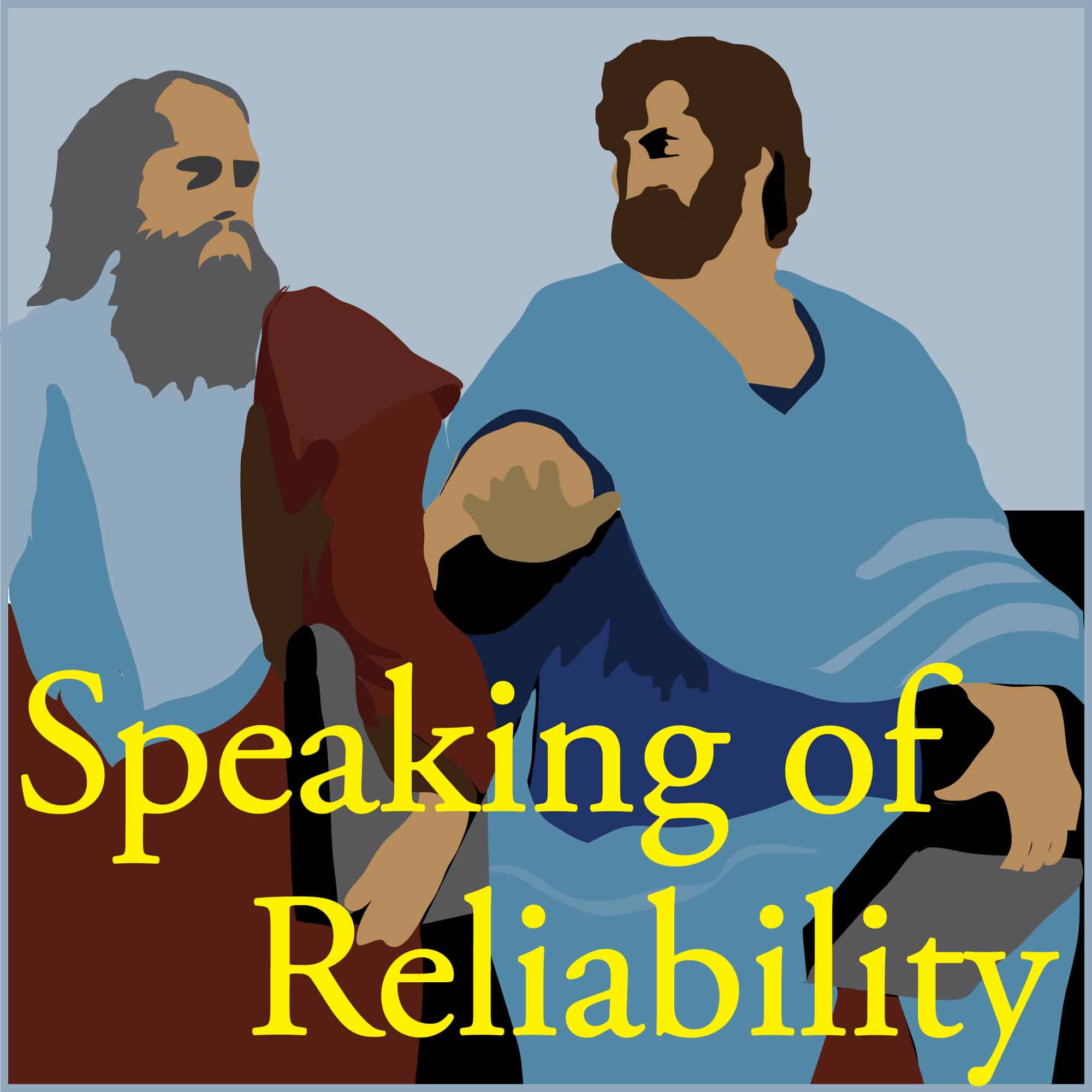

Speaking Of Reliability: Friends Discussing Reliability Engineering Topics | Warranty | Plant Maintenance
Reliability.FM: Accendo Reliability, focused on improving your reliability program and career
Gain the experience of your peers to accelerate improvement of your program and career. Improve your product development process, reliability or warranty performance; or your plant uptime or asset performance. Learn about reliability and maintenance engineering practical approaches, skills, and techniques. Join the conversation today.
Episodes
Mentioned books

May 19, 2025 • 0sec
SOR 1071 Better Risk Management
Greg and Fred dive into the intriguing world of risk management tools, specifically color-coded risk matrices. They highlight the benefits and drawbacks of these matrices, discussing their subjective nature and potential misinterpretations. The conversation touches on how individual perspectives shape risk assessment and the evolving landscape of AI's impact on decision-making. Listeners will learn about the importance of effective tools in prioritizing risks and the role of skilled facilitation in enhancing group decisions.

May 16, 2025 • 0sec
SOR 1070 AI and Reliability Planning
Explore the intriguing role of AI in reliability planning with thoughtful insights on its integration into workflows. Discover why letting AI create reliability plans independently is a misguided approach. Learn tips for using AI effectively in interviews and discussions, while emphasizing that it should never replace human critical thinking. The conversation also highlights the importance of soft skills and communication in driving effective discussions, ensuring that unique human insights guide reliability strategies.

May 12, 2025 • 0sec
SOR 1069 System FMEA
Carl and Fred dive deep into the intricacies of System FMEA, highlighting its importance in early design phases, especially for electric vehicles. They discuss the challenges of identifying ‘black boxes’ and the need for focused analysis at a high level. The conversation touches on why fewer, well-executed analyses are preferable to many subpar ones. They emphasize the role of team dynamics in navigating FMEA challenges and the critical nature of system interfaces, where over 50% of issues often arise.

May 9, 2025 • 0sec
SOR 1068 Risk Planning
Greg and Fred dive into the complexities of risk planning in a world filled with uncertainty. They examine why many people shy away from proactive planning and identify risk aversion as a common hurdle. The duo discusses real-life examples, such as food sourcing strategies, that highlight the importance of community involvement. They also touch on the challenges organizations face when fostering a risk-aware culture. Listeners will learn how emotional intelligence can transform product reliability and navigate risks effectively.

May 5, 2025 • 0sec
SOR 1067 Phantom Test Results
Dianna and Fred delve into the intriguing world of phantom test results in reliability testing. They emphasize the necessity of root cause analysis to tackle test failures effectively. The conversation touches on how faulty test rigs can produce misleading results. They share humorous anecdotes about incorrect test criteria and the real-world failures that ensue. The duo highlights the vital role of understanding customer use cases to improve testing protocols and ensure products perform reliably in actual conditions.

May 2, 2025 • 0sec
SOR 1066 Sample Size Considerations
Join Dianna and Fred as they navigate the intricate world of sample size considerations in reliability testing. They tackle the tricky trade-offs between desired reliability and the enormous sample sizes often needed. Practical advice shines through when discussing tools like FMEA and how to deal with real-world constraints. The conversation also highlights challenges in areas like medical devices and solar panel installations, stressing the importance of innovative testing methods and balancing statistical with practical significance.

Apr 28, 2025 • 0sec
SOR 1065 Fault Tree Analysis
Explore the fascinating world of fault tree analysis as Chris and Fred break down its fundamentals and crucial uses. Learn how modeling systems can reveal priorities for improvement and support effective failure analysis. Hear about the collaborative nature of FTA, where diverse knowledge helps identify potential failures. Delve into how aging components impact reliability and discover a new approach to mastering fault tree techniques. Engage with the community as they invite listener questions to enhance the conversation around reliability engineering.

Apr 25, 2025 • 0sec
SOR 1064 Dismissing Failures
Chris and Fred tackle the issue of dismissing failures, particularly in engineering and product development. They discuss the pitfalls of prototypes often ignored as one-offs, advocating for a deeper understanding of failures to improve designs. The conversation delves into the complexities of 'no fault found' reports and intermittent failures, emphasizing the value of proactive failure analysis. A case study on a fan hub explosion highlights the importance of addressing manufacturing and maintenance issues. Ultimately, they argue that embracing failures can drive continuous improvement.

Apr 21, 2025 • 0sec
SOR 1063 Test to Pass or Fail
Join Enrico and Fred as they discuss the pros, cons, and pitfalls of designing and running a test that has no failures, or does.

Apr 18, 2025 • 0sec
SOR 1062 Traditional Reliability Methods
Kirk and Fred tackle how traditional reliability methods fall short in today's complex electronics landscape. They critique outdated approaches, like the Military Handbook 217, which hasn't been revised in decades. The hosts delve into the challenges posed by smaller components and higher clock speeds that change failure dynamics. Plus, they highlight the importance of adapting reliability testing to match modern manufacturing variabilities. Expect insights on the evolution of technology and personal anecdotes that shape our future innovation expectations.


